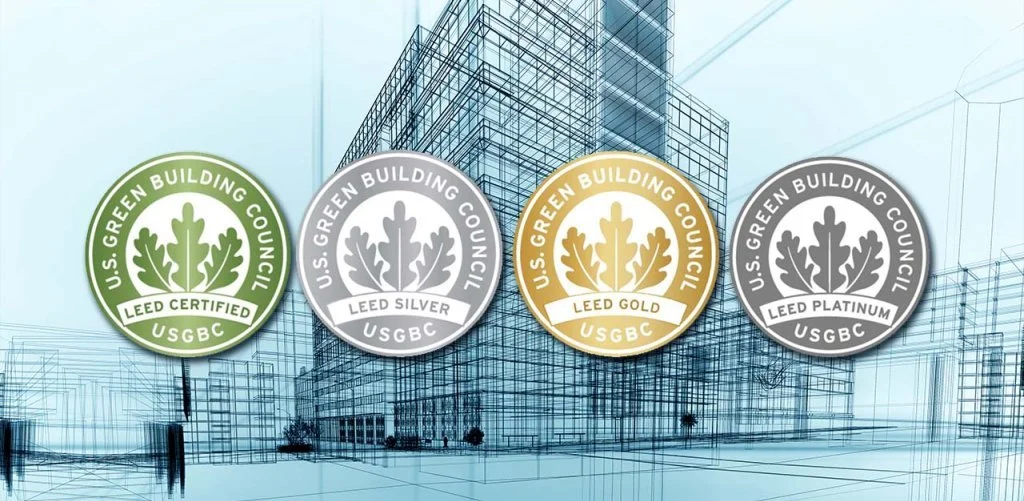LEED Certification
LEED (Leadership in Energy and Environmental Design) is a globally recognized green building certification program developed by the US Green Building Council (USGBC), providing a framework for designing, constructing, and operating sustainable buildings.
Here's a more detailed explanation:
What it is:
LEED is a rating system that evaluates the environmental performance of buildings and measures their sustainability.
How it works:
LEED certification involves a point system where buildings earn credits for implementing green building practices that address areas like energy efficiency, water usage, materials selection, and indoor environmental quality.
USGBC:
The U.S. Green Building Council (USGBC) developed LEED to help building owners and operators be environmentally responsible and use resources efficiently.
Why it's important:
LEED certification is a globally recognized symbol of sustainability achievement, demonstrating a building's commitment to environmental responsibility and efficiency.
Benefits:
LEED-certified buildings can offer environmental, social, and governance benefits, including reduced energy and water consumption, improved indoor air quality, and higher resale value.
Certification Levels:
LEED certification has four levels: Certified, Silver, Gold, and Platinum, with each level requiring a certain number of points.
Project Types:
LEED certification applies to various building types, including new construction, existing buildings, interiors, and neighborhoods.
LEED v4.1:
The latest version of LEED, LEED v4.1, is a next-generation standard for green building design, construction, operations, and performance.
LEED v5:
The newest version of LEED, LEED v5, is an important milestone in the effort to align the built environment with the Paris Climate Accord's 2030 and 2050 targets.


